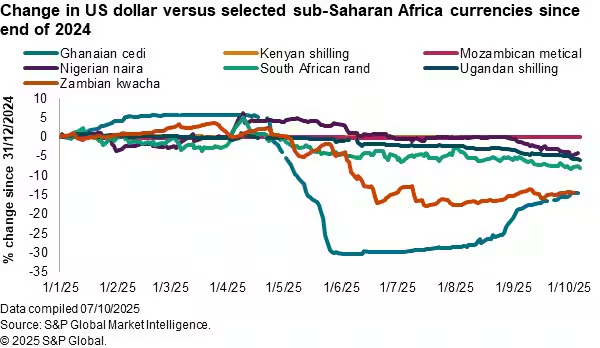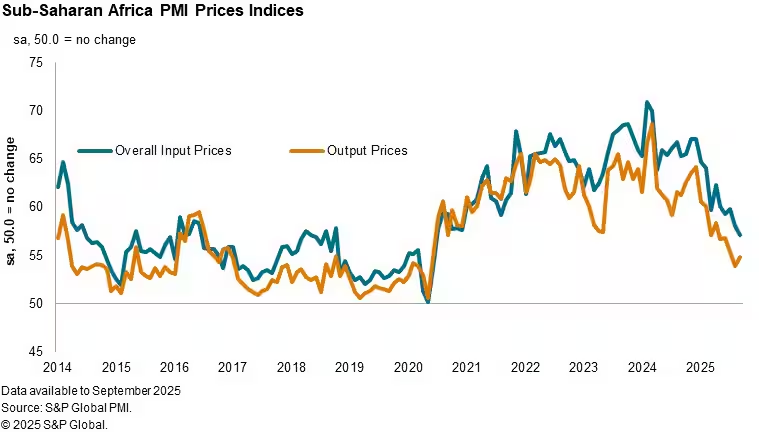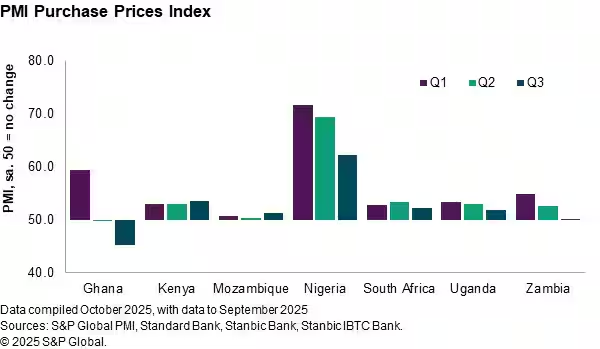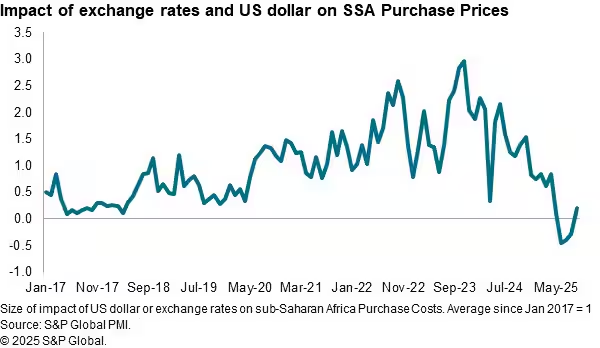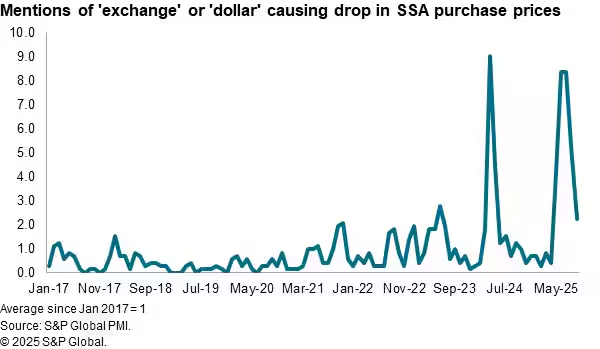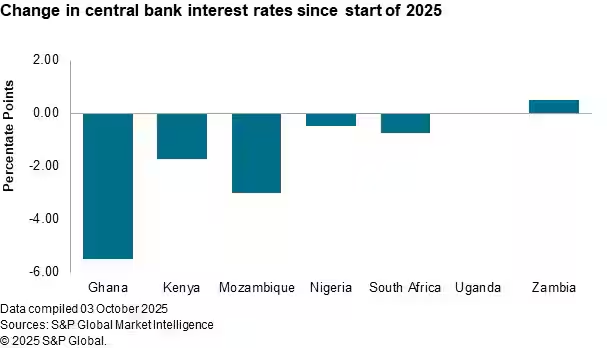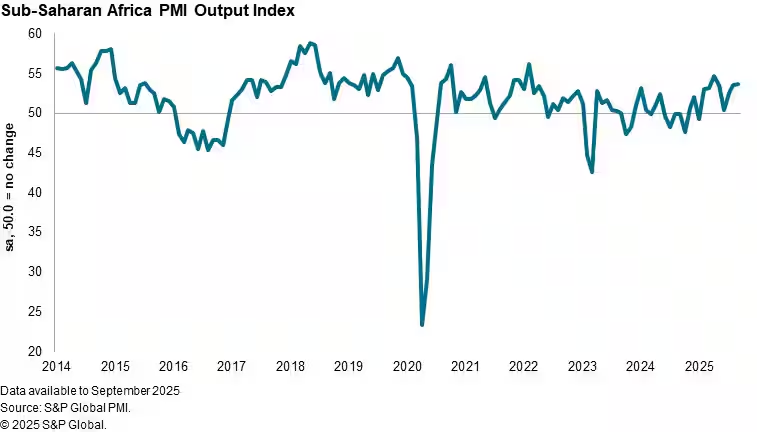Stay informed with free updates
Simply sign up to the Central banks myFT Digest — delivered directly to your inbox.
The writer is an external member of the Bank of England’s Monetary Policy Committee
Generations of economists — myself included — were taught to think about changes in economic activity primarily in terms of demand. But supply can prove every bit as consequential for output and inflation, as we recently experienced in the face of a pandemic and a war in Europe. We’ve learnt a number of lessons about how negative supply shocks propagate through the economy and how central banks might respond to them.
The conventional wisdom is that monetary policymakers should look through adverse supply shocks. First, they are often transitory and there is a lag before monetary policy has an impact on the economy, so any response would probably come to bear too late. Second, adverse supply shocks tend to push output down and inflation up. Monetary policymakers generally respond more cautiously to these shocks as they weigh the benefits of stabilising prices with the costs of weakening output. Third, if inflation expectations are well anchored, second-round effects should be avoided. Finally, interest rates are a demand-management tool, with little direct impact on supply.
In the face of recent supply shocks, inflation peaked at 9.1 per cent in the US, 11.1 per cent in the UK and 10.6 per cent in the Eurozone. More than five years after the onset of the pandemic, it remains above target in the US and UK.
The past few years have taught us a lot about the nature and transmission of supply shocks. First, different supply shocks can propagate through the economy in different ways. Recent research by Bank of England staff suggests a fall in productivity growth and a wage mark-up both result in a sharp initial jump in core inflation, but a negative labour supply shock results in a much more persistent rise.
The extent to which supply shocks have a lasting impact depends in part on whether second-round effects take hold, which act mainly through inflation expectations. The level of inflation influences how expectations form. Bank research shows households’ and companies’ attentiveness to inflation is greater when it reaches 3-4 per cent in the UK.
In projecting their own price growth over the next year, companies are more influenced by inflation changes when inflation is high than when it is lower, as it was before the pandemic. Household and company expectations are more sensitive to rising than falling inflation as well. Finally, expectations are particularly responsive to price changes in items such as food and energy.
The state of the economy matters when gauging whether elevated inflation expectations will feed into higher wages and prices. We saw this after the pandemic, when the inflationary impact of energy price and supply chain shocks was perpetuated by a tight labour market, boosting wage growth and services inflation. According to the bank’s Decision Makers Panel, many companies also set prices according to the state of the economy rather than on a schedule, and they changed their prices more frequently when inflation was high in 2022.
These lessons can help central banks respond to supply shocks both now and in the future. Last August, the Monetary Policy Committee considered a hypothetical scenario in which inflation expectations were more backward-looking and productivity growth was weaker than in our baseline forecast. This results in higher and more persistent inflation, barring a monetary policy response.
Bank staff then applied a policy rule that minimises deviations of inflation from target and output from potential, and prescribes a policy path to achieve this. The rule’s path is more restrictive than both the market curve underpinning our baseline forecast and the more recent, higher market curve — in fact it suggests a near-term rate rise.
This prescribed path is not gospel. Policy reversals undermine central bank credibility, and restrictiveness could also be achieved by skipping rate cuts.
Uncertainty around the structural features of an economy may affect the appropriate policy response as well. Bank research finds that if policymakers are uncertain about the persistence of inflation — as they are likely to be in the case of a supply shock — policy should respond more forcefully to inflation than under conditions of certainty.
Learning the lessons from recent supply shocks is not just an academic exercise. Transformational issues such as climate change, economic fragmentation and economic statecraft mean supply shocks are likely to become more frequent and successive.
Central banks need to understand how these shocks might impact the economy and how our policy stance might best evolve accordingly.




